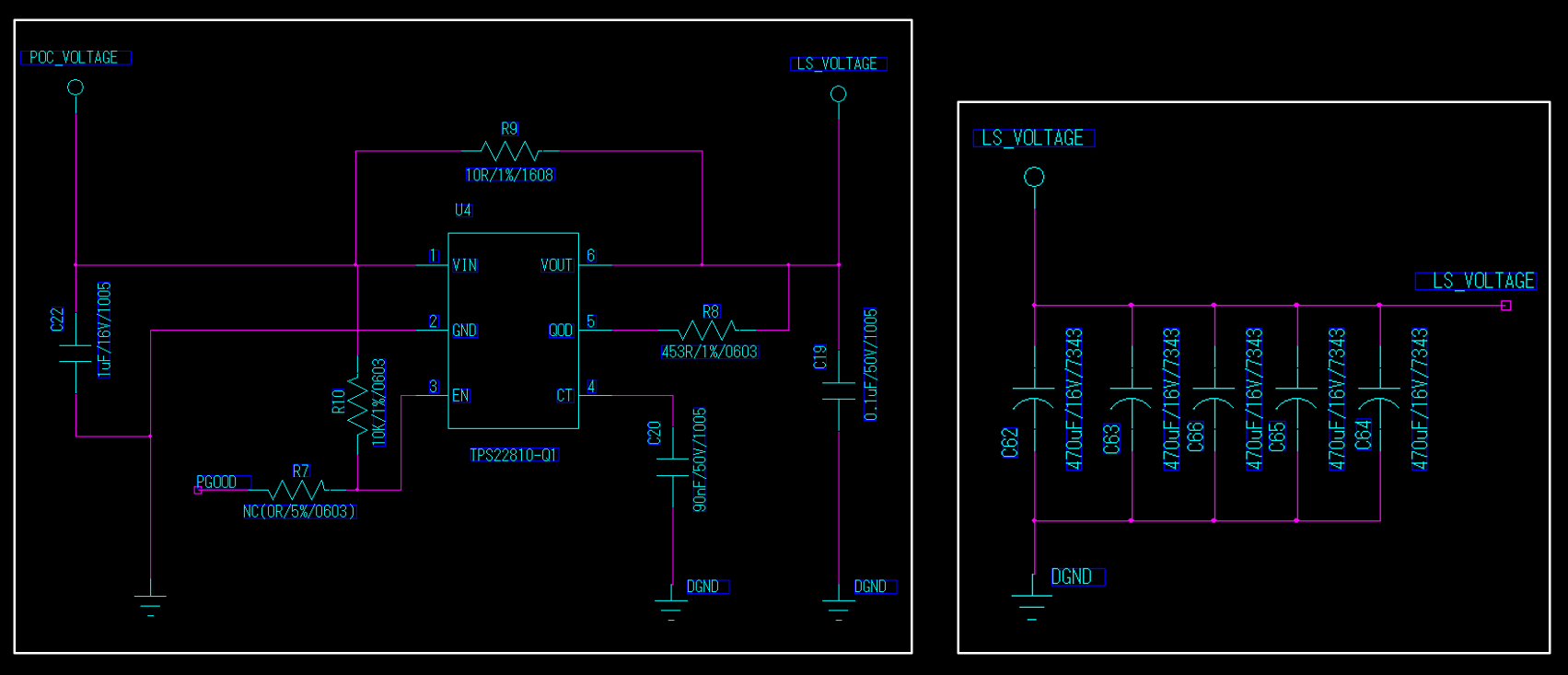Other Parts Discussed in Thread: LM5060-Q1, TPS22810
Hello TI experts,
My customer consider TPS22810-Q1 for their products. but i am not sure this is suitable or not.
the schematic is as below;
1
- VIN and VOUT are 12V, PWM signal. (1 cycle=33ms, duty cycle=3%)
- maximum continuous current is 12A.
I already found that continuous current of TPS22810-Q1 is 2A, but i am not sure that this 2A means same as what i am thinking.
could you check this condition is suitable for this device? if not, please recommend another device for this condition. Thanks.
Best regards,
Chase

